Perimeter protection is a critical component of security infrastructure across industries and residential settings, from gated communities and retail stores to railways, highways, and industrial facilities. A robust perimeter protection system acts as the first line of defense, detecting potential threats before they breach secure areas. At Hector Weyl, we combine cutting-edge AI - powered visual systems with industry - proven techniques to deliver reliable, cost - effective perimeter security solutions. In this blog, we’ll share essential tips and tricks to ensure a smooth installation and maximize the performance of your perimeter protection setup.

Choosing a Suitable Installation Site
The foundation of successful perimeter protection lies in selecting the right installation site. A well - chosen location can significantly enhance detection accuracy and reduce false alarms. Here’s what to look for:
Prioritize Open, Unobstructed Spaces
The ideal site should offer a large, unobstructed visual field. Avoid areas with drastic lighting changes—such as spots where sunlight glaring off reflective surfaces alternates with deep shadows—as these can disrupt camera performance. The scene should be free of unnecessary visual distractions, like fluttering flags or swaying tree branches, which might trigger false alerts. Additionally, steer clear of locations with frequent, non - threatening moving targets, such as busy pedestrian walkways near a facility’s perimeter, unless your system includes advanced target filtering (more on that later).
Avoid Obstacles and Define Borders
Large obstacles around the target area, such as walls, stacks of materials, or dense vegetation, can block the view of intruders and create blind spots. Opt for sites with clearly defined borders, as these simplify monitoring and threat detection. Examples include:
- Gated communities with fences or walls marking the perimeter
- Store entrances and exits with clear boundaries between public and private spaces
- Garage entrances, where vehicles and pedestrians follow predictable paths
- Railways and highways, with distinct tracks or roadways separated from adjacent areas
Don’t let the absence of a physical barrier deter you. Hector Weyl’s perimeter protection systems excel even in open environments. For instance, they can detect people falling into bodies of water or intruders on rooftops. Our advanced target filters can quickly distinguish between normal and abnormal activity—such as a car driving on a sidewalk or pedestrians wandering onto a freeway on - ramp—minimizing false alarms.
Selecting the Right Installation Type
Proper installation positioning is just as important as site selection. The way you mount your cameras directly impacts their ability to capture clear footage and detect threats accurately.
Height and Angle Matter
Cameras should be installed at a high position, perpendicular to the area being monitored. This vantage point reduces the risk of tampering and provides a broader view of the perimeter. The recommended installation height is greater than 9.8 feet (3 meters), though the maximum height can vary depending on the lens type. For example, longer focal length lenses may require higher mounting to cover distant areas effectively.
The installation angle is another key factor. We recommend an angle of 0° - 45° relative to the horizontal plane. This range ensures that the camera captures a balanced view of the perimeter, avoiding overly steep angles that can distort objects or miss details close to the camera.
Consider Nighttime Conditions
Many security breaches occur under the cover of darkness, so it’s crucial to plan for nighttime performance. If your cameras will be facing vehicle headlights directly—such as at a highway on - ramp or parking lot entrance—the sudden burst of bright light can overwhelm the sensor and impair detection. Hector Weyl’s cameras with Wide Dynamic Range (WDR) technology, like our 120 dB models, mitigate this issue by balancing bright and dark areas, ensuring clear footage even in high - contrast scenarios.
If ambient light is insufficient, consider pairing your perimeter cameras with infrared (IR) illuminators or low - light sensors. Hector Weyl’s AI - enhanced cameras are designed to deliver reliable performance in low - light conditions, maintaining detection accuracy without compromising image quality.
Using the Right Lens
The lens is the "eye" of your perimeter protection system, and choosing the correct one depends on the distance to the target area and the width of the perimeter you need to cover.
Fixed Lenses: A Precise Match for Specific Distances
Fixed lenses are ideal for scenarios where the monitoring distance is consistent. Use the following reference table to select the appropriate focal length:
| Lens Focal Length (mm) | Installing Distance (m) | Installing Distance (ft) |
|---|---|---|
| 2.8 | 6 | 19.7 |
| 3.6 | 8 | 26.2 |
| 6.0 | 13 | 42.7 |
| 8.0 | 17 | 55.8 |
| 12 | 26 | 85.3 |
| 30 | 65 | 213.2 |
For example, if your camera is mounted 20 meters (65.6 feet) from the perimeter, a 12mm fixed lens would provide optimal coverage.
Vari - focal Lenses: Flexibility for Variable Distances
Vari - focal lenses offer adjustability, making them suitable for sites where the monitoring distance varies or where you need to fine - tune the field of view. Follow these guidelines:
- When the installation distance is between 16 - 72 feet (5 - 22 meters) from the target, select a lens with a focal length range of 2.7mm~13.5mm. This range balances wide coverage for closer areas and zoom capability for distant objects.
Hector Weyl’s vari - focal lenses are engineered to maintain image clarity across their entire range, ensuring that even at maximum zoom, details like facial features or license plates remain distinguishable—critical for identifying intruders or verifying threats.
Leveraging Advanced Features for Enhanced Perimeter Protection
Beyond site selection, installation type, and lens choice, Hector Weyl’s perimeter protection solutions incorporate advanced features that elevate security performance:
Target Filtering and Classification
Our systems include highly accurate target filters that distinguish between people, vehicles, and other objects. This means the system can ignore a stray animal but alert you to a person crossing a restricted perimeter line. When a target crosses a defined tripwire, the system categorizes it as human or motor vehicle, simplifying post - event searches and allowing you to set up alerts for specific intrusion types (e.g., only notify security of pedestrians in a vehicle - only zone).
Active Deterrence
Hector Weyl’s perimeter protection cameras can be integrated with active deterrence features, such as built - in sirens or flashing lights. When an intrusion is detected, these features activate, warning intruders and potentially deterring them from proceeding—adding a proactive layer to your security strategy.
AI - Powered Accuracy
Powered by artificial intelligence, our systems continuously learn and adapt to the environment, reducing false alarms over time. They can differentiate between normal activities (e.g., a maintenance worker patrolling the perimeter) and suspicious behavior (e.g., someone attempting to climb a fence), ensuring that security personnel focus on genuine threats.
Real - World Applications: Success Stories with Hector Weyl
Gated Community Security

A gated community in a suburban area struggled with false alarms from its old perimeter system, which was triggered by wildlife and blowing debris. After installing Hector Weyl’s perimeter protection cameras with target filtering and 120dB WDR, the community saw a 90% reduction in false alerts. The cameras, mounted at 10 feet (3 meters) with 6mm fixed lenses, provided clear coverage of the entire perimeter, even during dawn and dusk when lighting conditions fluctuated. The system accurately detected and classified intruders, allowing security to respond promptly.
Retail Store Perimeter
A large retail chain wanted to protect its warehouse perimeter, which bordered a busy sidewalk. The challenge was to ignore pedestrians on the sidewalk while alerting to anyone entering the warehouse grounds. Hector Weyl’s vari - focal lens cameras (2.7mm~13.5mm) were installed at 12 feet (3.6 meters) with a 30° angle. The target filter was set to detect only humans entering the warehouse perimeter, ignoring those on the sidewalk. The system’s active deterrence feature—activated when an intruder was detected—proved effective in preventing break - ins, with zero successful intrusions reported in the first six months.
Conclusion
Effective perimeter protection requires careful planning, from choosing the right site and installation type to selecting appropriate lenses and leveraging advanced features. By following these tips and tricks, and partnering with Hector Weyl’s AI - powered, reliable solutions, you can establish a perimeter security system that delivers accurate detection, minimizes false alarms, and provides peace of mind across any environment.
Whether you’re securing a residential community, a commercial facility, or critical infrastructure, Hector Weyl’s perimeter protection technologies are designed to meet your needs—combining cutting - edge engineering with practical functionality to keep what matters most safe.


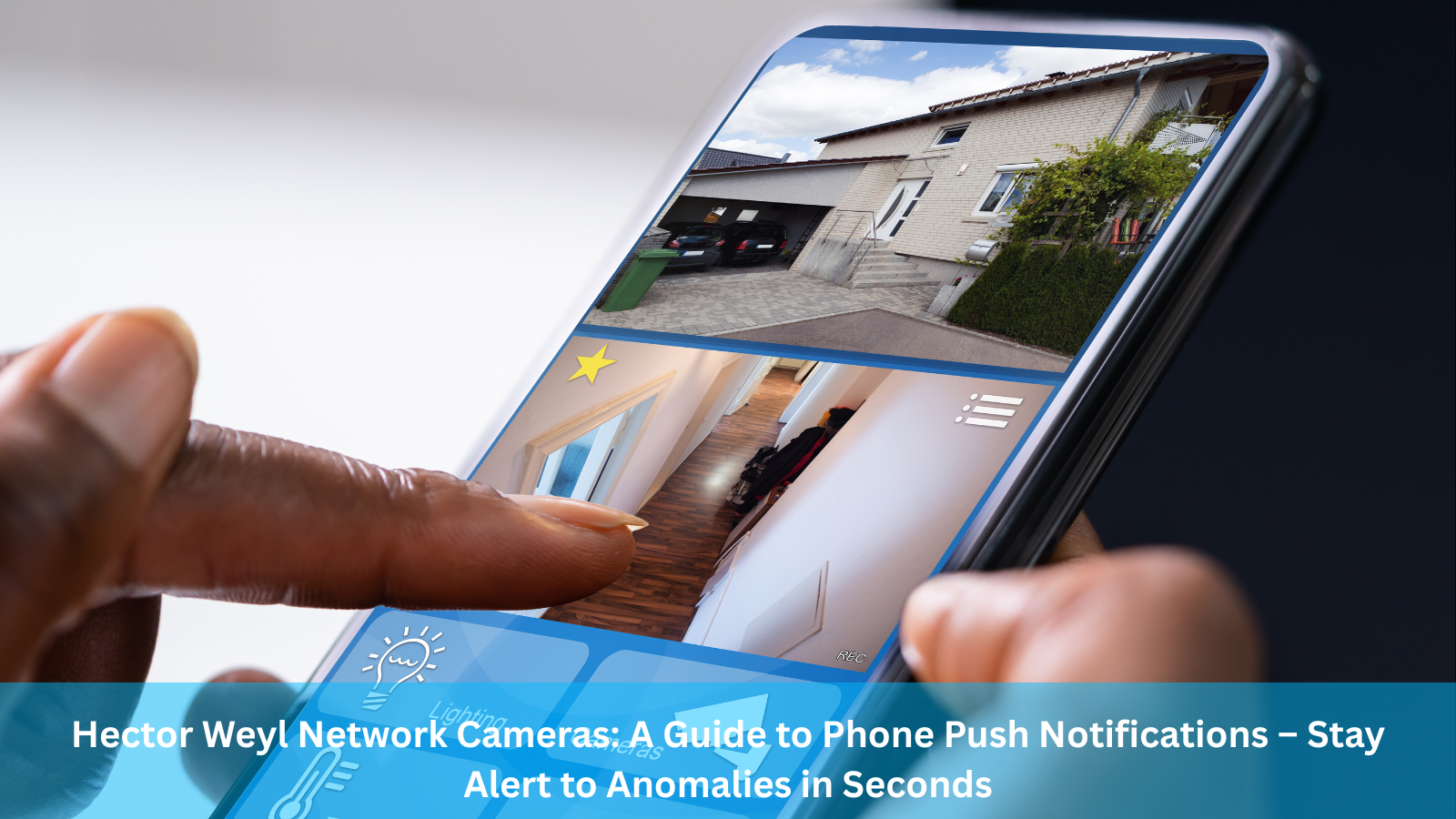
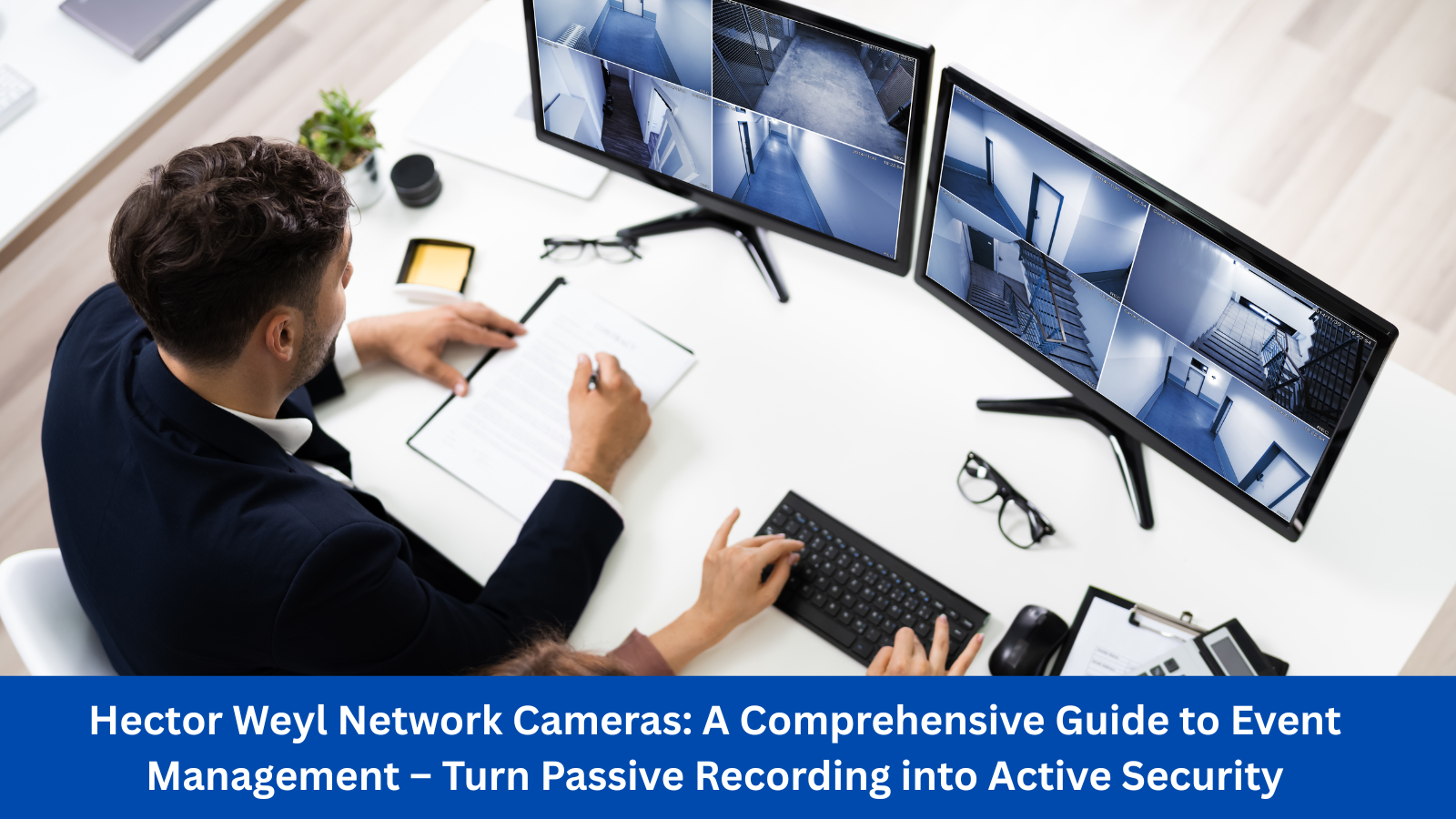
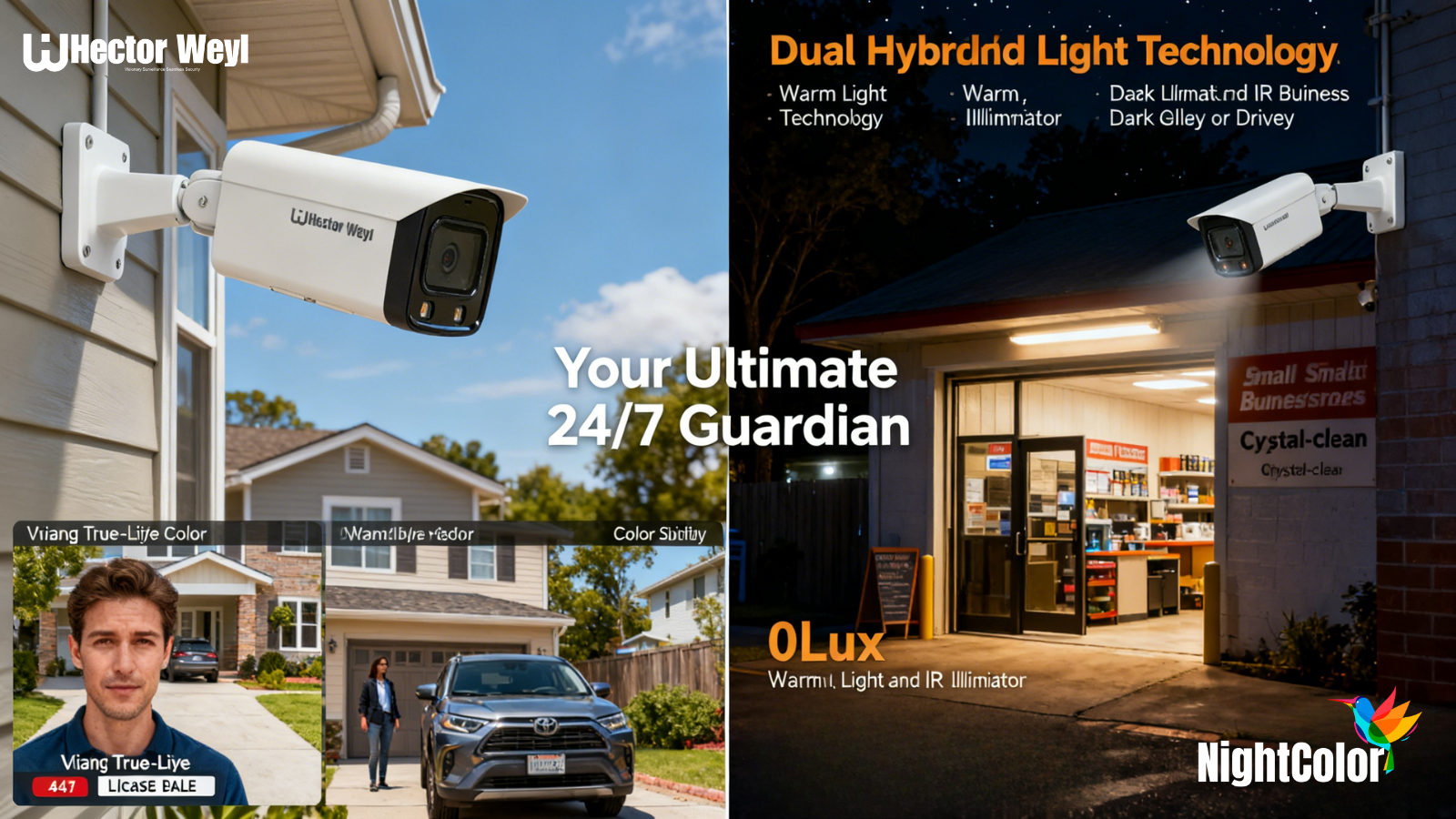
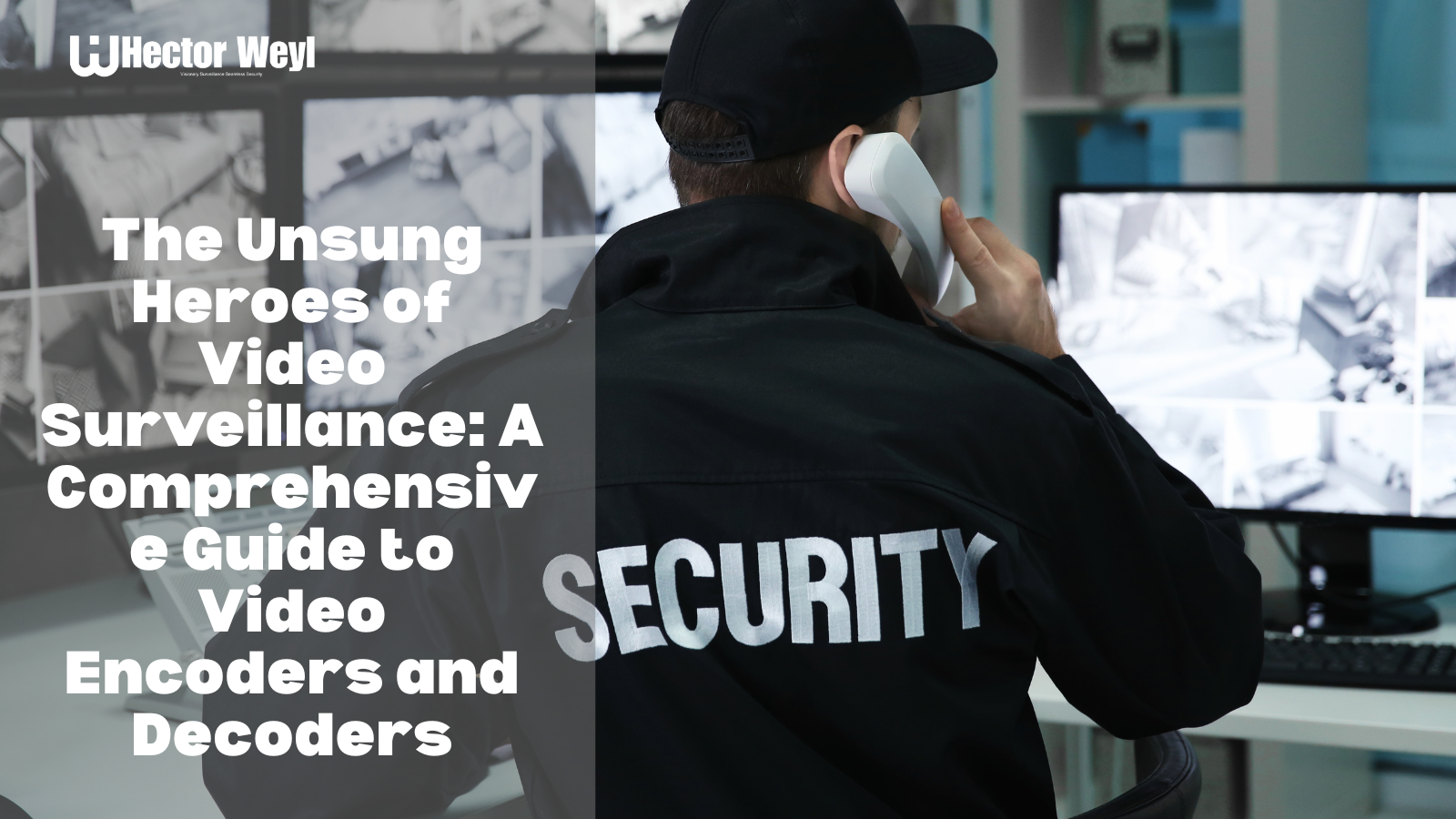
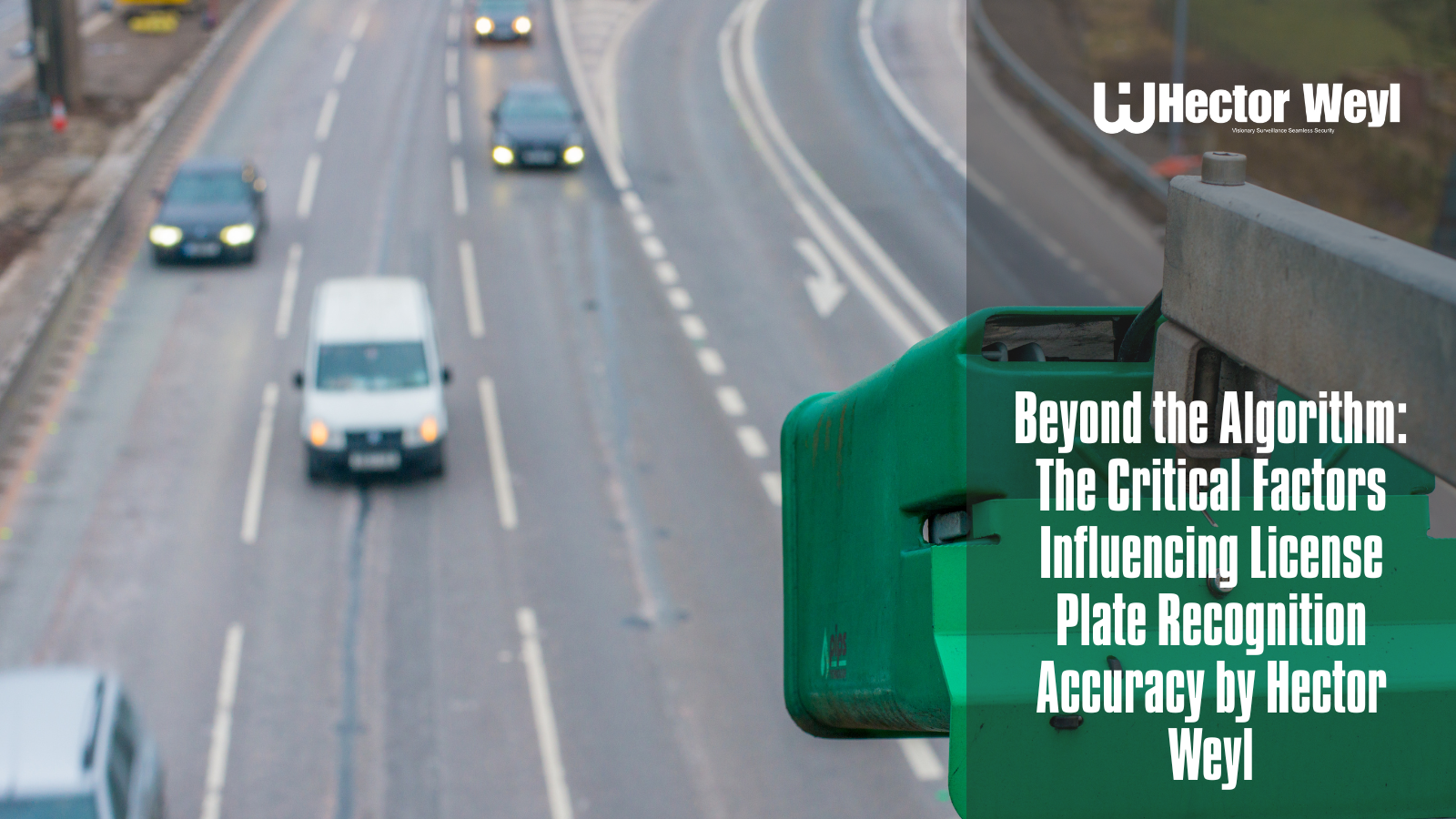
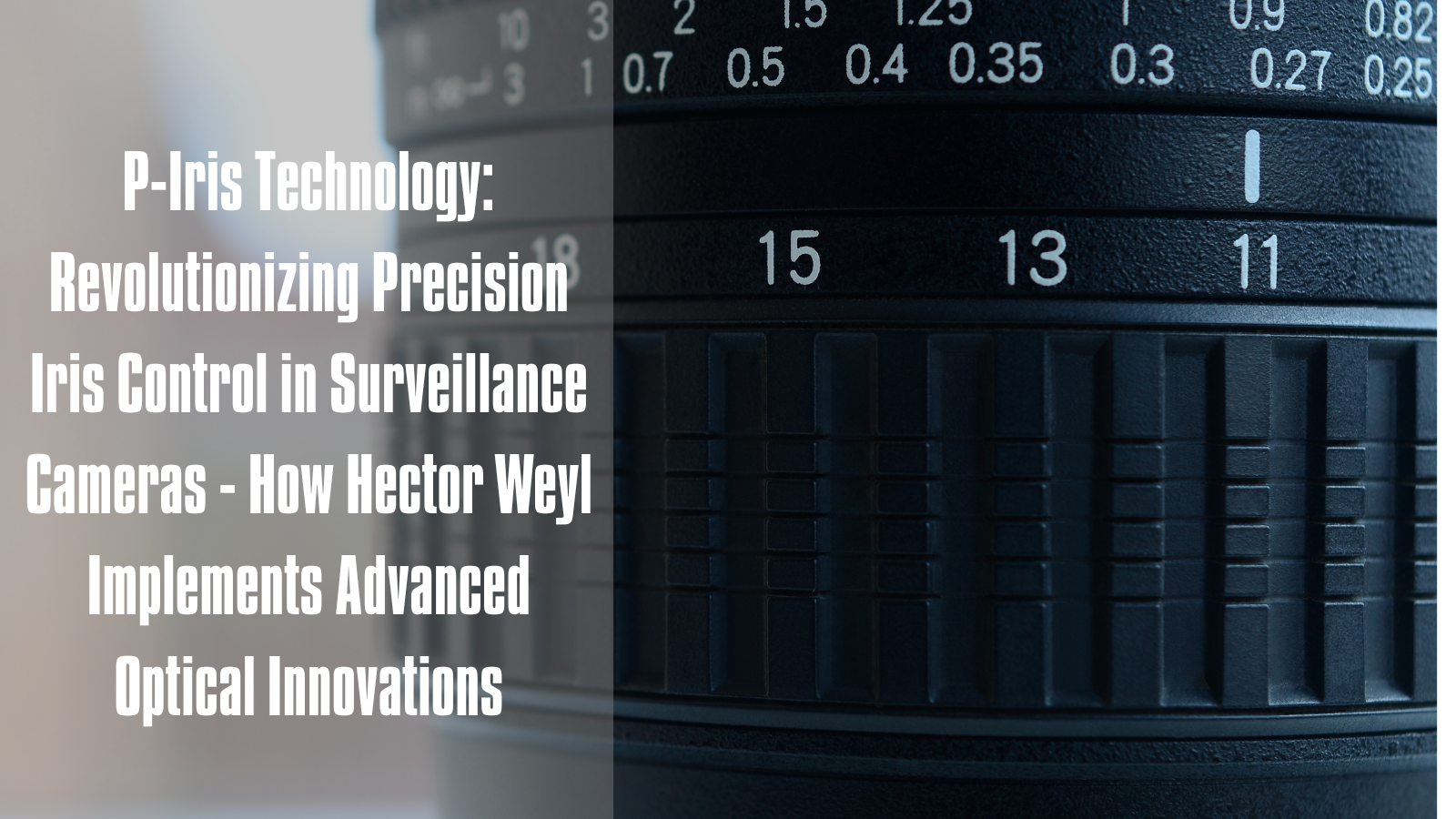
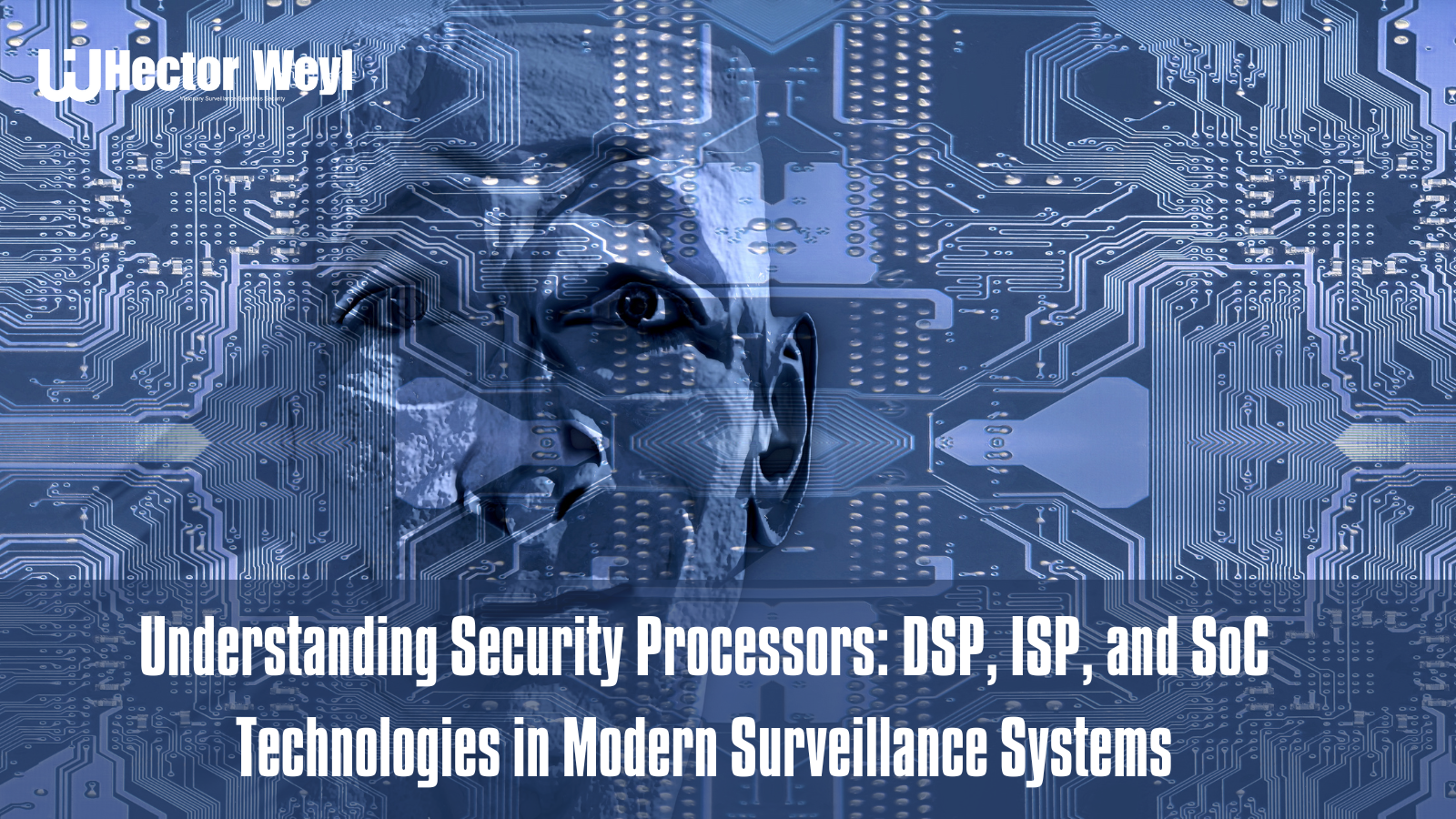
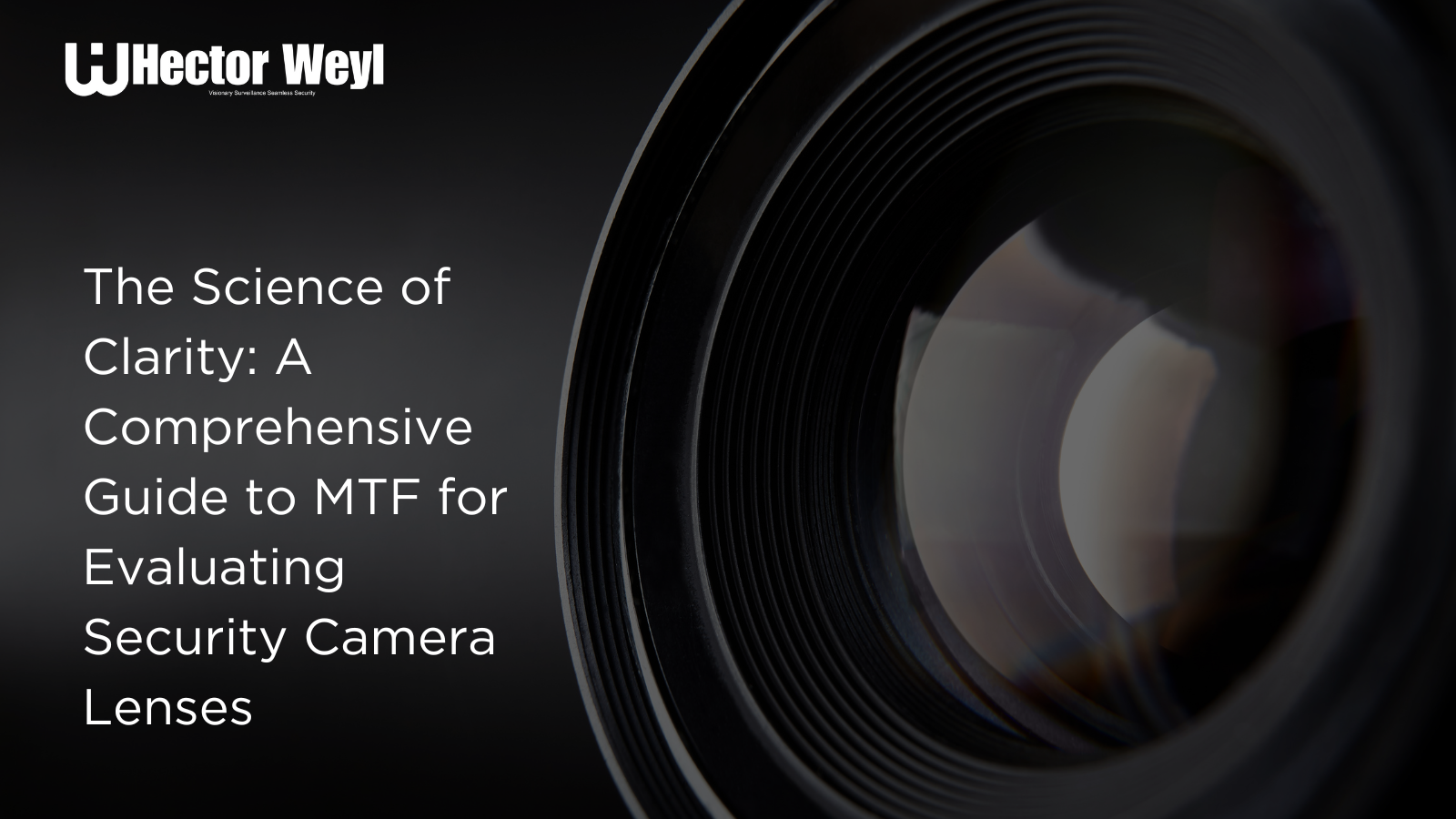
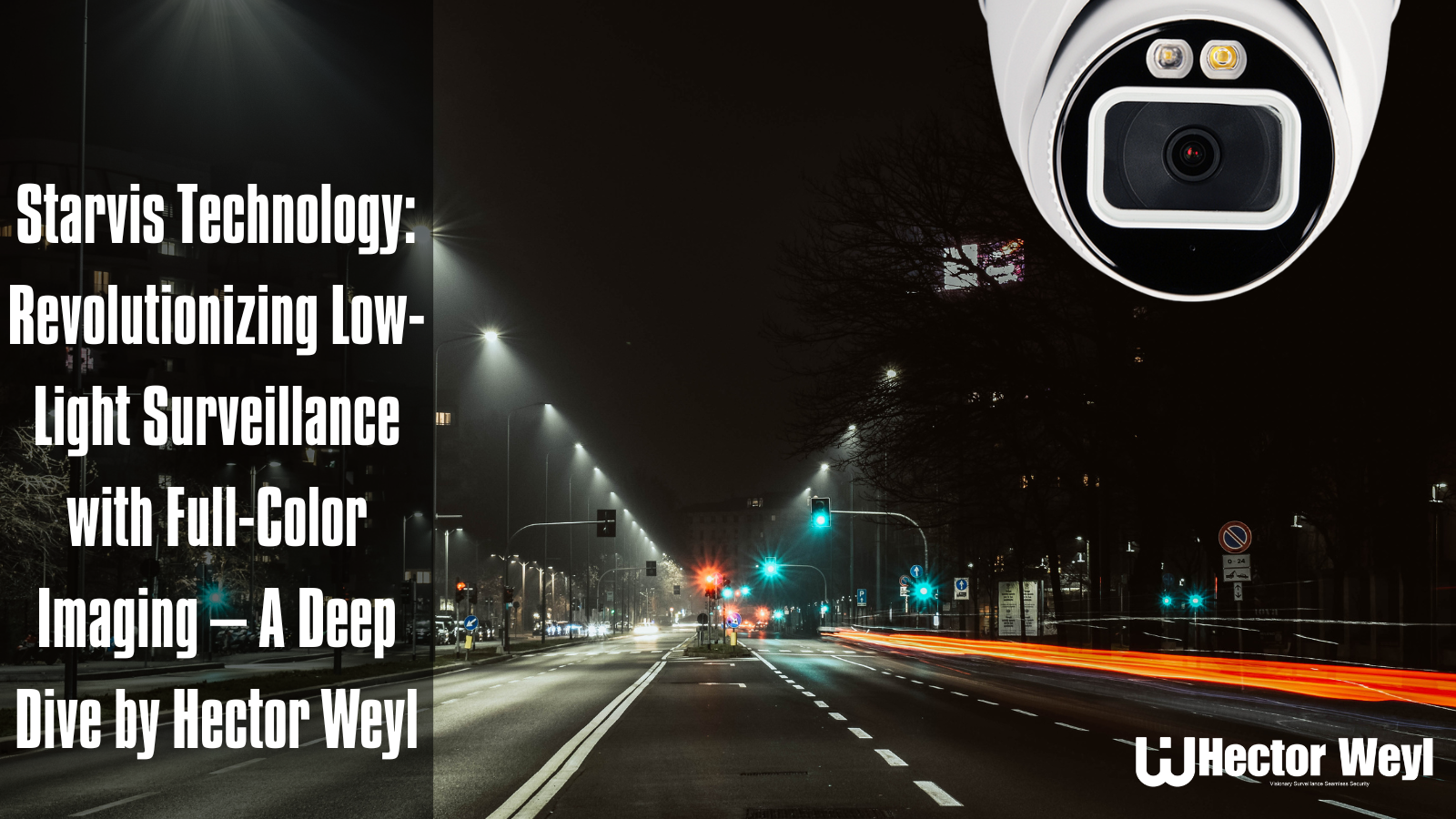
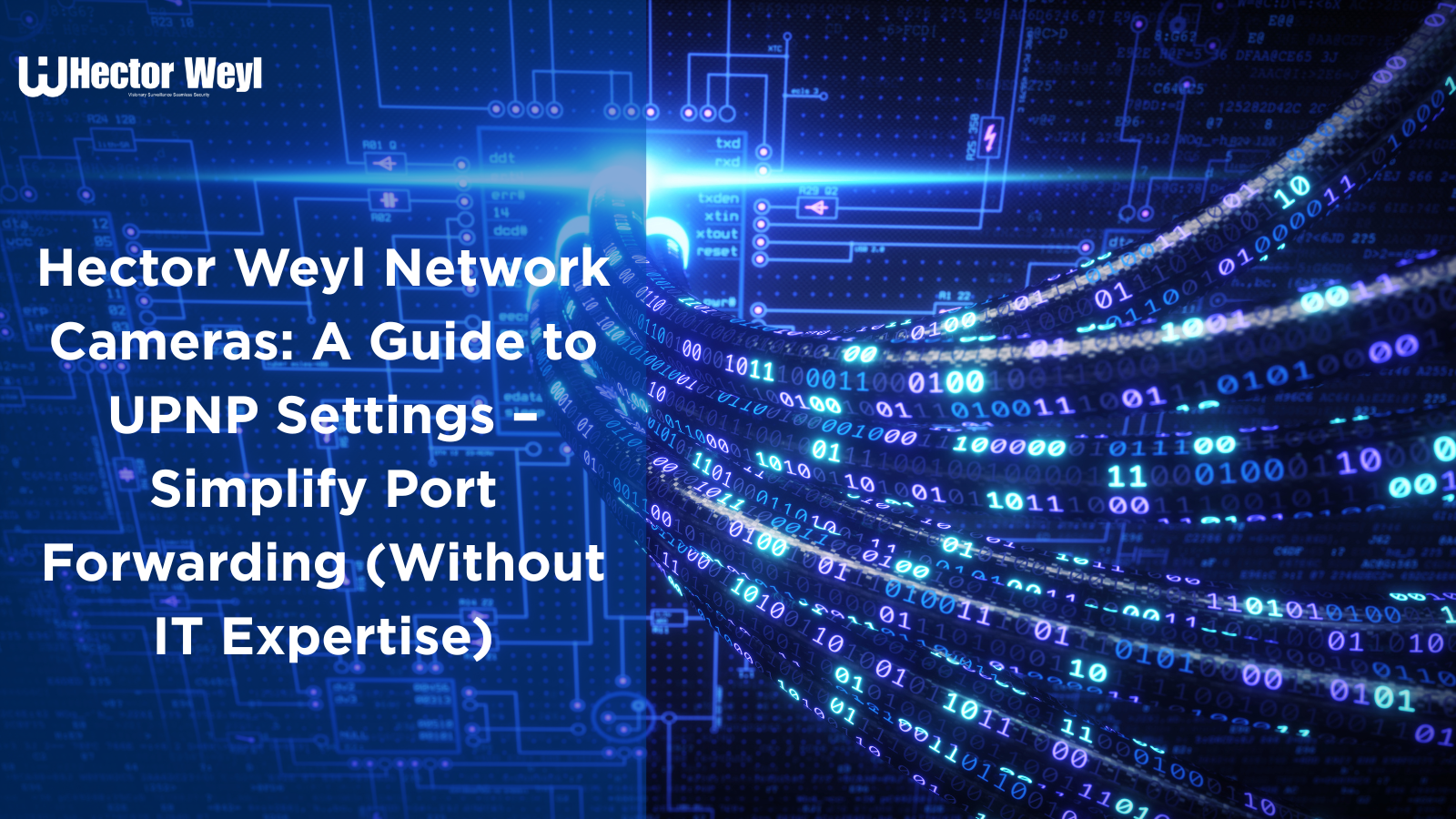
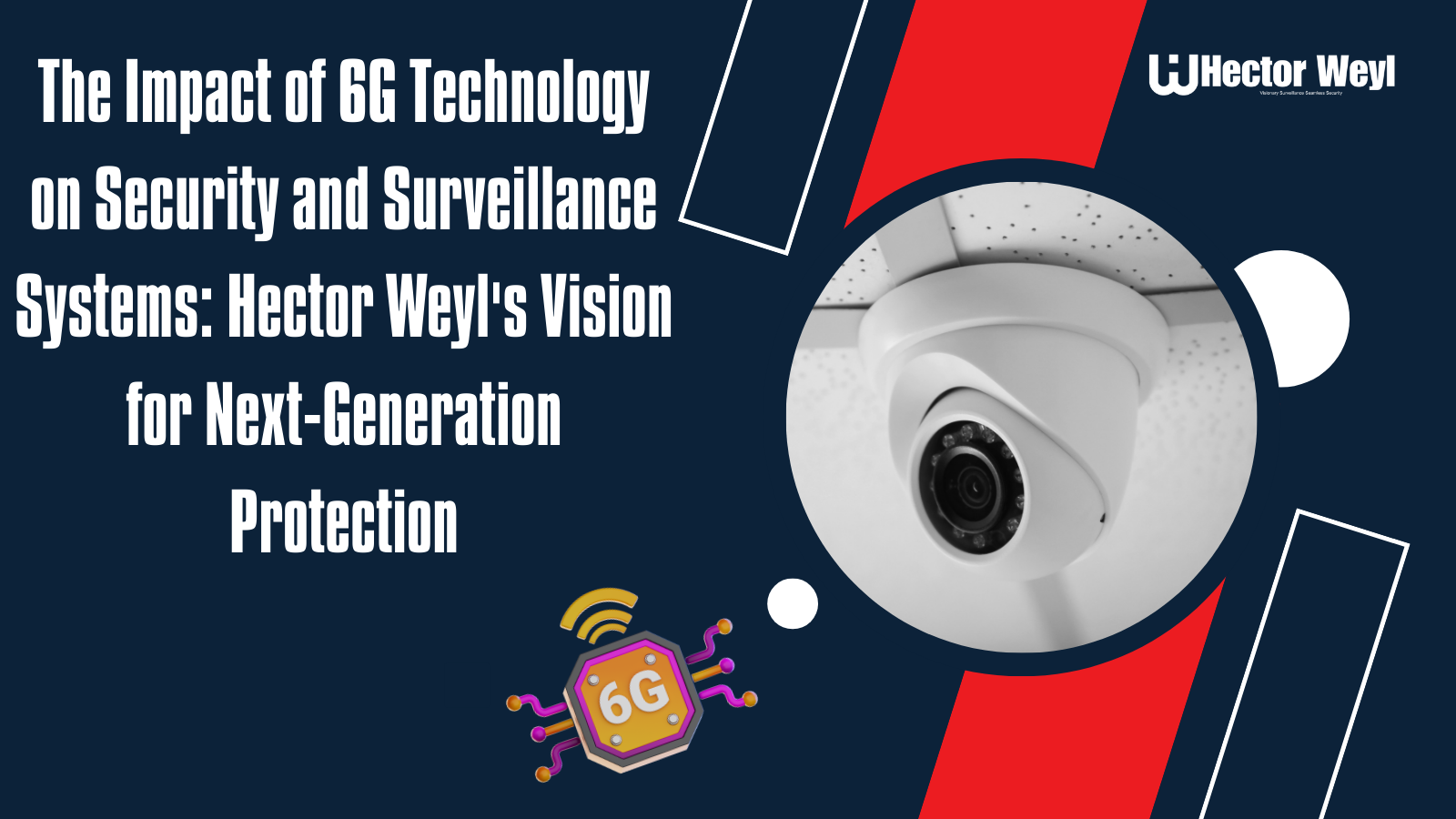

Share:
Beyond Surveillance: How Hector Weyl's Active Deterrence is Revolutionizing Security from Passive Observation to Proactive Prevention
Mastering the Darkness: Hector Weyl’s Photonic Breakthroughs in Nighttime Surveillance Technology